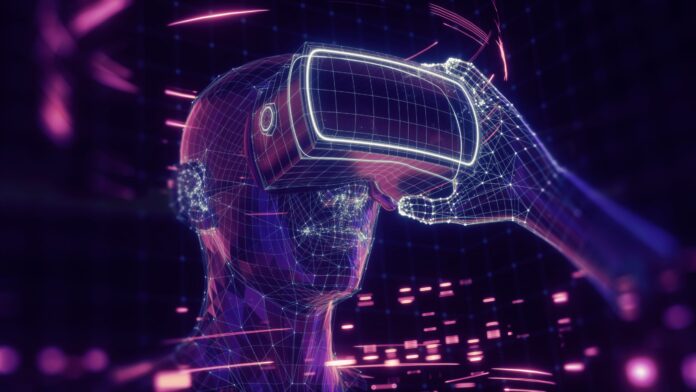Paper from Accenture and CTIA sees 5G enabling huge reduction in carbon emissions
According to a paper prepared by Accenture and CTIA, 5G technologies could cut U.S. carbon emissions by 20% by 2025. The big drivers here are optimizing transportation flows in cities, gaining operational efficiencies in the manufacturing sector, and real-time energy monitoring and management for grids and buildings.
Ahead of Mobile World Congress Barcelona, Accenture’s Andrew Walker, global media and communications industry lead, talked through the mega-trends he expects will be addressed in the show. The big picture involves taking some of lessons learned during COVID-19 around remote working, considering the role of 5G over time, and factoring into the calculus the role the nascent metaverse will play.
Big picture, Walker said, “We look at 5G as being a carbon sink in terms of the technology. It enables that. But if we can just as easily sit and have conversations over Zoom and the speed is there, and the metaverse develops, then you’re just taking drivers and truck rolls off the street. It starts to get you much closer to the goals that all the administrations have committed to.”
Now the metaverse: This a developing area and there’s not yet really a universal definition as to what exactly this will be or how it will be used. But if you distill the messaging, this will be a virtual environment that uses a range of technologies to provide an immersive world built on spatial computing. Avatars could interact with one another with situational awareness. Aside from the obvious consumer use cases around gaming, there are industrial opportunities abound–think a dispersed engineering team working together on a digital twin of an implement.
Walker sees a future with a lot more meetings, learning and other core tasks taking place in virtual worlds. The near future, “It’s metaverses,” he said. “The metaverse is absolutely going to be the application that makes 5G a necessity.”
Verizon looking at the 5G metaverse opportunity
While the metaverse is still a very nascent convergence of technologies, key 5G players are already looking at how the latter can enable the former. Verizon’s Rima Qureshi, for instance, said, “When we started building 5G Ultra Wideband, we were most excited by the use cases that were not yet envisioned. Take the metaverse, for example. Over the next decade, the metaverse will create virtual spaces that are more immersive and realistic than ever before, providing people with unique ways to connect across work, home, and play,” said Qureshi.
Developing this new metaverse technologies, Qureshi said, will require material investment from Verizon and Meta both.
“Some features of the metaverse will require that cloud computing infrastructure move closer to end users. Our efforts will enable both companies to measure the impact of edge computing on key application performance metrics and evaluate where our network capabilities can enable more powerful metaverse-optimized applications,” Qureshi added.

